
Sungaya is a genus of stick insects which is endemic to the Philippine island of Luzon.
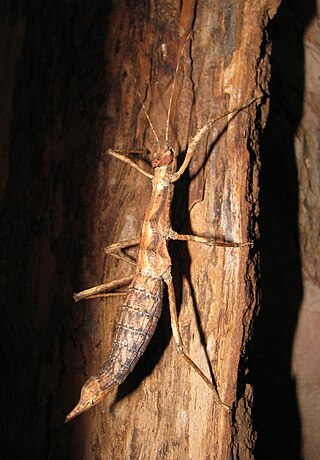
Sungaya inexpectata is a species of stick insects and the type species of genus Sungaya. The species name is derived from the Latin as "inexpectatus" and means "unexpected". Its common name is sunny stick insect, derived from the less commonly used sungay stick insect, which in turn refers to the place where the species was found.

Aretaon is a genus of stick insects native to Borneo and the Philippine island Palawan.
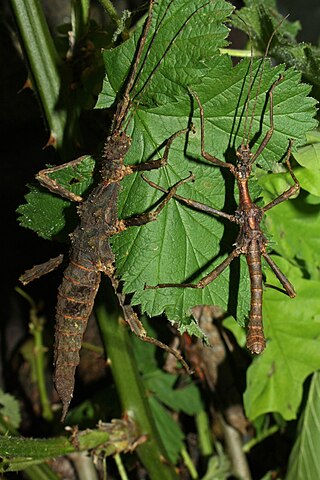
Trachyaretaon is a genus of stick insects native to the Philippines.

Brasidas is a genus of stick insects that is native to the Philippines and is named after the Spartan general Brasidas
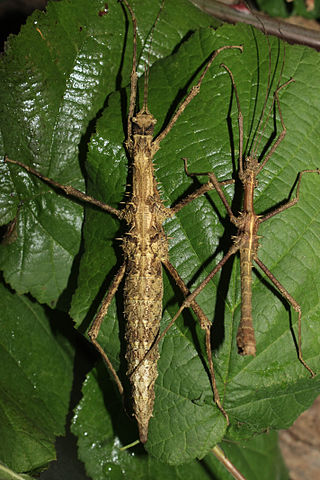
Obrimus is a stick insect genus native to the Philippines. It is type genus for the tribe and the subfamily in which it is listed.

Eubulides is a stick insect genus native to the Philippines.

Trachyaretaon carmelae is a species of stick insects. It is one of the largest in the subfamily Obriminae.

Tisamenus fratercula is a stick insect species native to the Philippine island Luzon.
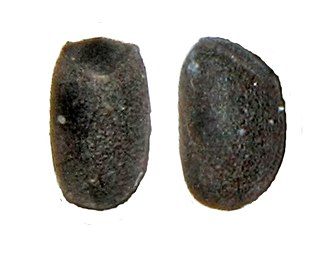
Stenobrimus is a genus of medium-sized stick insects native to the Philippines.

Brasidas cavernosus is a representative of the stick insects native to the Philippine island Luzon. It is considered one of the largest species in the subfamily Obriminae.

Tisamenus hebardi is a stick insect species (Phasmatodea), in the family of the Heteropterygidae endemic to the north of the Philippine island of Luzon.
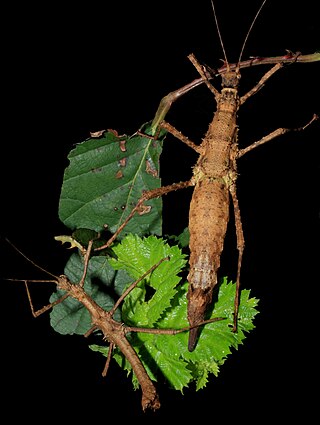
Brasidas lacerta is a species of stick insect in the family Heteropterygidae which is endemic to Mindanao. Due to its extreme variability, and the nymphs being spinier than to the adults, the species has been described under other names, resulting in a total of seven synonyms.

Trachyaretaon bresseeli is a species of stick insects in the family Heteropterygidae. It is native to the Philippine island Luzon.

Sungaya aeta is a species of the family of the Heteropterygidae. Although only described in 2023, it has been one of the most common stick insect species kept in the terrariums of enthusiasts.

Sungaya ibaloi is a species of insect from the family Heteropterygidae. It is one of three very similar stick insect species of the genus Sungaya, which are often kept in the terrariums of enthusiasts. Like all representatives of the genus, the species is endemic to the Philippine island Luzón and was found there in the province of Benguet.

Eubulides timog is a stick insect species from the family of the Heteropterygidae. Although only described in 2023, this species, native to the south and east of the Philippine island Luzón, has been kept and bred in the terrariums of enthusiasts since 2009.

Eubulides igorrote is a stick insect species from the family of the Heteropterygidae native to the Philippine island of Luzon.

Obrimus bicolanus is a stick insect species from the family of the Heteropterygidae native to the southeast of the Philippine island of Luzon, more precisely in the Bicol Region.

Obrimus bufo is a stick insect species from the family of the Heteropterygidae native to the Philippine island of Luzon.



















